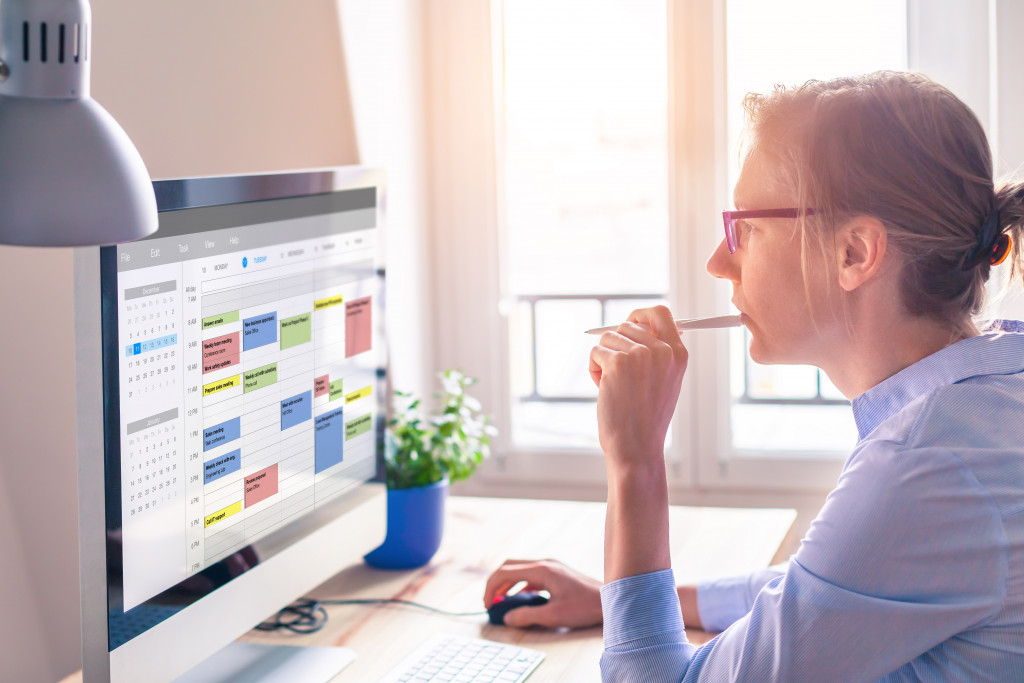When we wrote about workplace design trends in the previous years, we focused on improved staff well-being and performance. Influenced by the modern working world initiative, we emphasized that businesses cannot afford to leave any of these to chance if they wish to create a climate of happiness. And science backs up this claim. Staff well-being and performance are still essential in 2021, in line with pandemic-era workplace norms. But our anticipated workplace design concepts for this year have shifted dramatically. Let’s dive into some of them.
The Priority Is on Sustainability
As a global society, we are becoming more conscious of our environmental effects. We need to do more as companies to minimize our carbon emissions and help build a better future. As a result, sustainable design techniques and materials will be a significant office design trend in 2021. So if you haven’t yet, now is the time to get in contact with the best sustainability consultants around.
There are many approaches to designing a workplace concerning sustainable development. A headquarters in the Netherlands was recently constructed using 165,312 screws to allow for easy disassembly and reuse—a technique that maximizes resource circularity and minimizes the company’s wastage. While this may not be feasible for every workplace, several basic, eco-friendly design techniques may decrease a building’s energy consumption and trash.
Companies can quickly reduce their environmental effect by integrating high-efficiency systems, employing LED lighting, using natural light and passive ventilation, using low-emission materials, and reusing or repurposing furniture. Certifications such as BREEAM, SKA, and LEED are excellent for evaluating the efficiency of buildings and structures and showing how the design and construction sector can reduce its impact on climate change.
This tendency extends beyond design domains: how people use and interact with their environments is just as essential as the structure itself. Having separate bins for recycling, promoting recyclable coffee cups, and becoming paper-free in conferences are some simple improvements companies may take that can make a significant impact if everyone is on board.
While the requirement for onsite PPE means that removing all single-use plastics may take a little longer than expected, businesses such as JTP Architects are establishing their own rules prohibiting other single-use plastics. In their workplace, there are no disposables: no single-use plastic bottles, paper cups, or paper bags. How did they accomplish this? They have regulations to assist lead a cultural change, one of the most significant and recent advances in office design.
The Rise and Popularity of Flexitime

Flexible work arrangements are deviations from the conventional working day and weekly routine. Employees may select an alternative work schedule to accommodate personal or family obligations. Alternatively, employers may start a variety of schedules to suit the requirements of their customers.
Yes, flexible workplaces have been there for a while, but workplace flexibility is a 2021 design thinking trend that will be big. We are unquestionably living in an unpredictable era, and the only way for companies to prepare is to allow and promote flexible work habits. If you want to keep attracting top personnel, engaging in this workplace design trend is worthwhile.
The year 2020 showed that many of us could work from anywhere. But if you want to encourage more people to come back to work, your company must also be clever with its office design. Instead of just thinking about the number of desks you need, examine how your space might be utilized to promote various working methods.
With many workers still choosing to work online at least part of the week, just a portion of your staff will have to return to the office on every given day: you won’t require as much floor area. Instead of assigning everyone a personal desk, build an office with open concept bookable workstations, non-bookable dynamic locations, process work zones, and flexible furniture to suit a changing workforce.
Providing various places for workers based on the kind of job they perform offers your team more choice over their professional experience, improves productivity, and promotes engagement.
Companies embrace new office design innovations and technology to improve workplace safety, performance, and general well-being, even amid a growing remote workforce. And, while we continue to deal with the aftermath of a worldwide epidemic, we can look forward to a prosperous future filled with innovative office design ideas that assist workers better and fulfill wellness and work-life balance needs. This trend will imply a rise in workplace design patterns closely related to the hotel and leisure sectors. This increased emphasis on facilities and social experience will be another method for businesses to recruit and retain top personnel.
These office design trends have only increased since the implementation of COVID-19 restrictions. They will continue to shape how we think about work-life balance and office design for years to come.